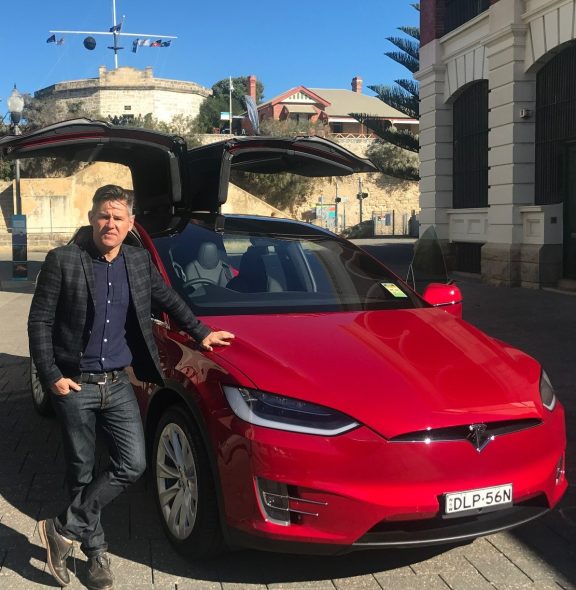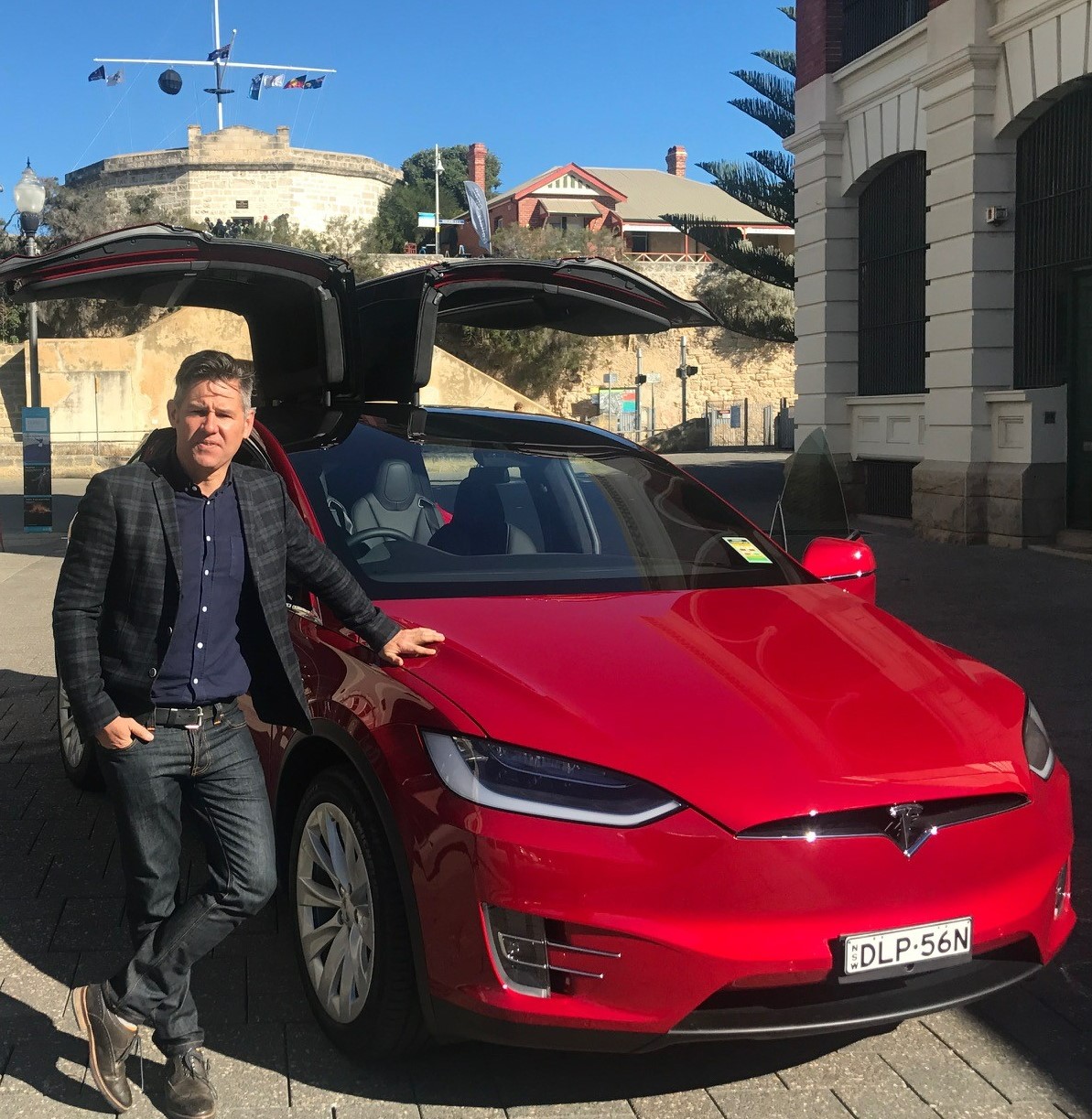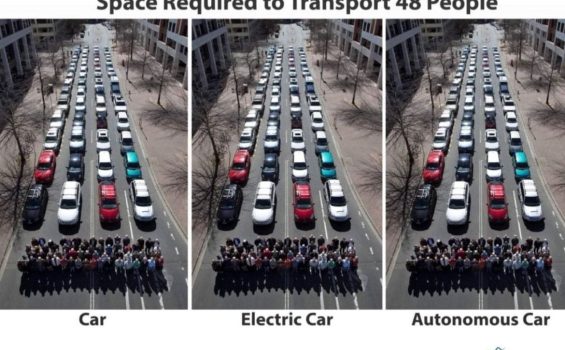
It’s a Problem for Cities that EVs are so Impressive.
8 June 2022
Despite being a passionate bike guy, I’ve always had a fascination with cars. As Mayor, I had one of WA’s first plug-in hybrid EVs the Holden Volt. We also had a classic 15-year-old Audi TT but when our daughter arrived that had to be replaced by a still fun but much more functional VW Golf GTI (Jeremy Clarkson’s favourite affordable car).
But the Golf is gone now too replaced by a Tesla Model 3. I got the cheapest one and it’s still the fastest, smoothest, and simply the best car I’ve ever driven.
It’s also the cheapest car I’ve ever driven. It costs so little to drive it makes catching public transport an irrational economic decision. Driving from Fremantle to Parliament House costs about a dollar when charged off the grid and it’s almost free when charged off my solar panels. Catching the bus or train is closer to $4 each way.
Furthermore, when you add in that the driving the Tesla is guilt-free too with no tailpipe pollution and the potential problem of EVs for our cities starts to emerge.
These wonderful cars that are very cheap to drive will unintentionally encourage us to drive more. No $2 per litre petrol keeping trips shorter.
There’s not much of a consequence currently while EVs make up less than 2% of cars on our roads. But what happens when they soon make up 20, 30, or 50%?
What happens to our cities then? Without other good, competitive transport options, I predict growing gridlock.
EVs will undermine the financial case and motivation for public transport use and will likely see more people driving more often.
As much as I love my EV and believe that we need to speed up their uptake to address climate change, we also need to be acutely aware of their unintended impacts on our urban form.
If it’s very cheap to drive, then EVs will also make houses on the urban fringe more appealing.
So EVs are a necessary but long way from a sufficient part of the low carbon transition. Unless they are paired with high-quality, high-frequency, cheap public transit and safe well-connected bikes and footpaths then they risk making our cities less liveable and more energy-hungry places.
Paired with density, public and active transport they become but one key ingredient of liveable, connected net-zero cities.

Not my Tesla. I go the cheaper one 🙂


Discussion